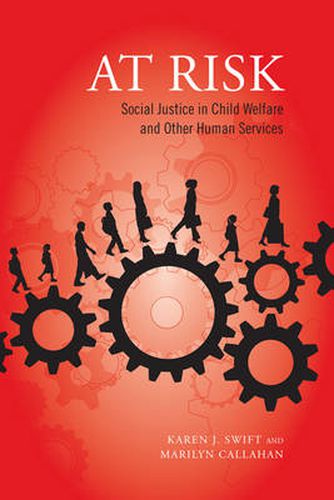Readings Newsletter
Become a Readings Member to make your shopping experience even easier.
Sign in or sign up for free!
You’re not far away from qualifying for FREE standard shipping within Australia
You’ve qualified for FREE standard shipping within Australia
The cart is loading…






In At Risk, Karen J. Swift and Marilyn Callahan examine risk and risk assessment in the context of professional practice in child protection, social work, and other human services. They argue that the tools, technologies, and practices used to measure risk to the individual have gone unquestioned and unstudied and that current methods of risk assessment may be distorting the principles of social justice.
Central to this study is an examination of the everyday experiences of workers and parents engaged in risk assessment processes in Canadian child welfare investigations. Going beyond theory, Swift and Callahan highlight how risk evaluations play out in actual interactions with vulnerable people. Pointing out that standardized risk assessment tools do not take factors such as class, race, gender, and culture into account, At Risk raises important questions about the viability of risk management plans that are not tailored to individual situations.
$9.00 standard shipping within Australia
FREE standard shipping within Australia for orders over $100.00
Express & International shipping calculated at checkout
In At Risk, Karen J. Swift and Marilyn Callahan examine risk and risk assessment in the context of professional practice in child protection, social work, and other human services. They argue that the tools, technologies, and practices used to measure risk to the individual have gone unquestioned and unstudied and that current methods of risk assessment may be distorting the principles of social justice.
Central to this study is an examination of the everyday experiences of workers and parents engaged in risk assessment processes in Canadian child welfare investigations. Going beyond theory, Swift and Callahan highlight how risk evaluations play out in actual interactions with vulnerable people. Pointing out that standardized risk assessment tools do not take factors such as class, race, gender, and culture into account, At Risk raises important questions about the viability of risk management plans that are not tailored to individual situations.